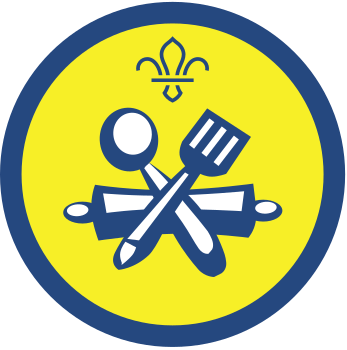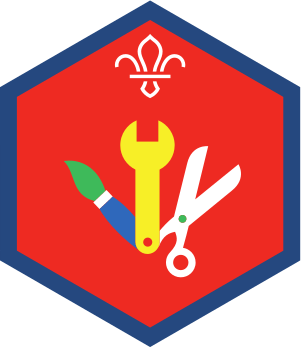Clean up your act
You’ll need
- Access to water
- Disposable gloves
- Snacks
- Paint brushes
- Highlighter pen
- Disposable container
- UV lamp or torch
To watch in full screen, double click the video
Before you begin
- UV lamps or torches are available online for as little as £3.
- Make fluorescent water. Put the water in a disposable container. Use gloves to break open a fluorescent highlighter (yellow works well) and put the ink felt part into the water. Allow it to soak, then remove it. The more ink that soaks into the water, the harder it’ll be to wash off; add water to dilute it. You may want to experiment to find a balance that does wash off, but not too easily.
- You could also try other things such as a UV gel, or even turmeric mixed with a little water.
- Ask about allergies in advance so you can be prepared.
Make hands fluorescent
- As everyone arrives, the person leading the activity should check if anyone has any allergies or skin sensitivities.
- The person leading the activity should brush a small amount of fluorescent water on everyone without an allergy or sensitivity’s hands. They should tell people that this is preparation for later, but they shouldn’t tell them exactly what it’s for.
Check for expert hand washers
- Everyone should take part in a quick warm up game or activity.
- The person leading the activity should ask everyone to wash and dry their hands ready for snack time.
- When everyone gathers back together after washing their hands, the person leading the activity should explain that they’re going to use a special UV light to see how well everyone washed their hands.
- Everyone should take it in turns to put their hands under the UV light. The light should show if there’s any fluorescent water that hasn’t been washed off. Any remaining water shows where dirt and germs would be – it shows how easy it is to miss bits when washing, especially between fingers and around nails.
- Anyone who still has any fluorescent water on their hands should wash them again, but this time the person leading the activity should give some directions.
- The person leading the activity should demonstrate how to rub around each finger and over and under the palms and wrists, and how to carefully rinse at the end. They should rub with soap for as long as it takes to sing the ‘Happy birthday’ song, and everyone should dry their hands carefully on a towel (or using a hand dryer) without wiping them on their clothes.
- Everyone should enjoy eating their snacks with spotlessly clean hands.
- As they eat their snacks, everyone should talk to the person next to them about why it’s important to have clean hands while handling and preparing food. Once everyone’s finished their snack, people could share ideas.
Reflection
This activity helped everyone to live healthily by showing how important hand washing is to keep hands clean. Just like the fluorescent water stayed if people didn’t wash their hands well, germs and dirt can stay too. Germs and dirt can get into people’s food (or their mouths in other ways, for example if they bite their nails or suck their thumbs) and make people poorly. When else do people need to wash their hands? People may say after they’ve been to the toilet, before they eat, or after touching animals. What have people learned about handwashing? Who’s going to change how they wash their hands in the future? People could even teach a friend or someone they live with what they’ve learned about hand washing.
Safety
All activities must be safely managed. You must complete a thorough risk assessment and take appropriate steps to reduce risk. Use the safety checklist to help you plan and risk assess your activity. Always get approval for the activity, and have suitable supervision and an InTouch process.
- Water games and activities
Be careful when doing activities with, in, or near water. Check surfaces and reduce the risk of slipping where possible. Make sure you have appropriate supervision for this activity.
- Food
Remember to check for allergies, eating problems, fasting or dietary requirements and adjust the recipe as needed. Make sure you’ve suitable areas for storing and preparing food and avoid cross contamination of different foods. Take a look at our guidance on food safety and hygiene.
Ask one group to wash their hands with cold water and no soap, and another to use warm water and soap. The first group should have more fluorescence left on their hands, showing how important it is to use soap and warm water.
Everyone could design some posters to encourage people to wash their hands properly, and put them up near sinks and food preparation areas.
Anyone who doesn’t want to put the fluorescent water can just watch other people, or they could put it on a toy.
All Scout activities should be inclusive and accessible.
Show everyone the hidden effects of germs using bread. Everyone should handle some bread before they’ve washed their hands, and the person leading the activity should put it in a labelled ziplock bag. Everyone should handle a second lot of bread after they’ve washed their hands, then the person leading the activity should put it in a different labelled ziplock bag. After a week, see which set of bread has the most mould on it. The person leading the activity should handle the bread wearing gloves.


